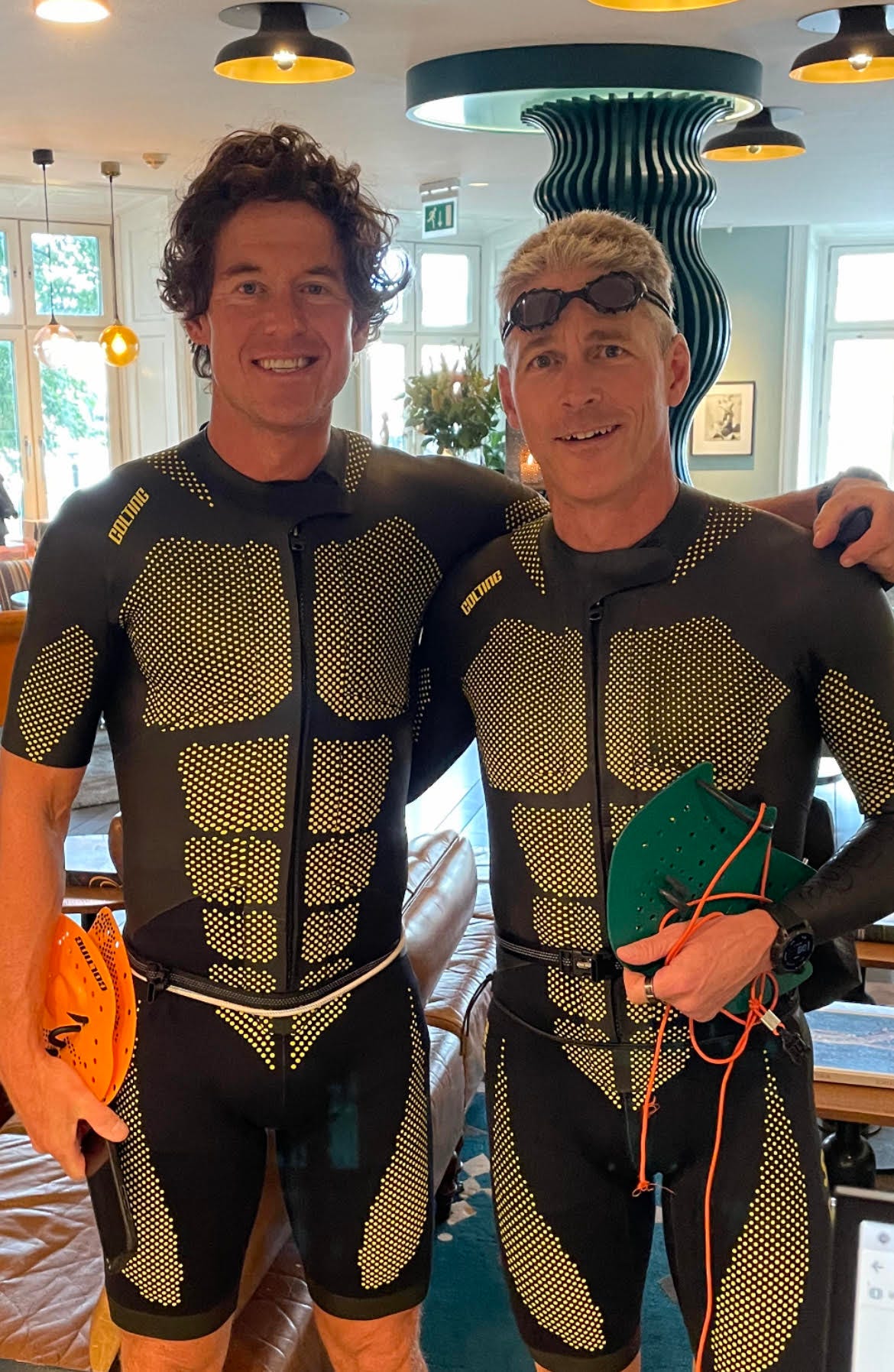Part One laid out a series of questions to reflect upon.
What went right?
Where did I make mistakes?
What do I want to keep?
What surprised me?
Ideally, you’ll give yourself a several days, unplugged, to reflect on the past year and where you’d like to take your life in the years to come.
This block of reflection is best placed following your A-Race. It will give you something to do and fill the void that can arrive at the end of a long season.
A key point about the review process. Give yourself time to “come down” from your season. Both from the high level of load you were sustaining AND from however your season ended. If we think about a month-long transition period, then this review is best placed towards the end.
What’s Your Source?
Athletic performance is a lifelong journey. Pull your “what went right” list out and see if you can find themes within the most rewarding times of your year.
My themes have been similar for decades:
Improvement
Exploring
Adventure
Nature
Novelty
Teaching
To do my best, I need to build these into my season. If I stray from my sources of energy these then the enjoyment goes out of my process.
YOUR sources can be anything.
Run Streaks
Swim Frequency
Excitement of an Unknown Outcome
The Challenge of Reaching A New Level
Bike Tours
Endurance Events
Writing these down will help you design the seasons to come and, hopefully, avoid the unforced errors that popped up in your Where Did I Make Mistakes analysis.
What Needs To Be Done
Smart season planning takes effort.
Absent a review process, we will:
Repeat The Past
Follow Our Peer Group Values
These default paths are not a problem. Top athletes know what works for them.
Tailor Our Environment
Likely, there’s only a few things that need to be changed. And, by “changed,” I mean “removed.” Make removals explicit by writing them into your season planning document. In a few months’ time, you’ll be tempted to repeat the errors of the past year.1
Setbacks & Injuries
These are feedback that you need to do less.
Get healthy as a first priority. Now is the time to make that happen. I’ve seen great athletes waste seasons trying to “heal while holding fitness.” It doesn’t work.
Be specific in describing your cycle of injury. Breaking the injury cycle should be a key aspect of your spring plan.
How your season plan might look:
Fall & Winter => Get Healthy
Spring => Break Injury Cycle
You might already be doing this without realizing it. The chronically injured athlete often achieves an early peak. Consistent base training, constrained by holidays & weather, leads to excellent early season fitness. At which point, stress ramps too quickly and injury occurs.
If this sounds like you then:
Schedule A Late Spring Unload Block2
Delay The Start of Specific Preparation
What does this look like in practice?
Place an early season race block.
Schedule a brief “early offseason.”
Follow with a return to base training.
Often, it’s easier to work within our existing patterns than change them.
Persistence Pays
Much of the above applies to me. The strong finish of my season was due to injury issues at the start of the summer. My injuries turned out to be blessings. They helped me:
Take my recovery more seriously.
Modify my approach.
Remind me to keep what’s been proven.
I know I will be able to get “more” by removing a small number of choices that forced less.
Blank Slate Season
The Mental Conditioning section covers goals and commitment. I won’t repeat that here.
What I will do is recommend you give yourself an opportunity for a fresh start. This is particularly important if you are a stubborn, obsessive, slightly neurotic endurance athlete.
Let’s be clear with what I’m asking you to consider.
Do you want to continue?
In what way?
Now is the time to define your terms.
Before answering, remember…
Why Did I Start In The First Place?
External goals can be poor masters. Likewise, seeking the approval of others will never satisfy. Come back to first principles.
What was the initial attraction to sport?
My primary motivation was to feel better inside my body. There have been times when working towards my goals did not make me feel better. To put it mildly.
My past season delivered my #1 goal => Feeling better inside myself.
Did your season deliver?
If “yes” then radical change isn’t required. Focus on making sure you don’t repeat mistakes and persist. Before persisting, make sure you have ditched the residual fatigue from last season.
If “no” then remember each of us is free to change.
Either way, every single one of us has a limit to how much we can commit to sport. Be cautious with thinking that more (of anything) will lead to greater satisfaction.
Your Ultimate Potential
Having been in the endurance game for a long time, I’ve seen the folly of prediction.
Nobody can know what’s going to happen if we persist over long time horizons.
The only way to find out is to undertake your journey.
Back to Table of Contents
Put notes in next year’s calendar. I have a repeating “meeting” in my calendar called “vibe check.” It’s a periodic reminder to make sure I’m enjoying the time I put into sport.
I used a 14-day unload at the end of February with success. My unload block marked the end of my Fall/Winter Macrocycle. At the end of my Spring/Summer Macrocycle, I take a longer break. Whenever I have tried to hold fitness across years, it has proven to be a mistake. Remember, the goal is a higher peak next summer, the summer after that, and so on.




